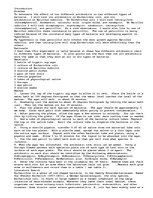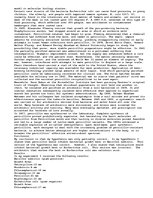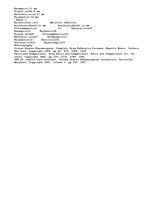By 1944, Selman Abraham Waksman and his colleagues had isolated streptomycin from a soil microbe and proved its effectiveness against the tubercle bacillus. Between 1945 and 1960, a systematic search was carried on for antibiotics derived from bacteria and molds found all over the world. Many hundreds of antibiotics were discovered, and dozens were screened for antibiotic activity and toxicity. Many were eventually marketed, and prescription use accounted for hundreds of tons annually.
In 1957, penicillin was synthesized in the laboratory. Complete synthesis of penicillins proved prohibitively expensive, but harvesting the basic molecules of penicillin from Penicillium molds and then tacking on diverse molecules proved feasible and led to a large number of tailor-made penicillin variants. The 1960s witnessed a veritable explosion of so-called semisynthetic (part mold-made, part synthetic) penicillins, each designed to deal with the increasing problem of penicillin-resistant bacteria, to achieve better absorption and higher concentrations in the body, or to broaden the penicillins' effective antimicrobial spectrum.
Conclusion
My conclusion is that my hypothesis was only partially correct. In my hypothesis I stated that penicillin would inhibit bacterial growth best in Bacillus subtilis. This section of the hypothesis was correct. However, I also stated that tetracycline would inhibit bacterial growth best in Escherichia coli. This section was incorrect. The antibiotic that worked the best on Escherichia coli was nalidixic acid.
…



